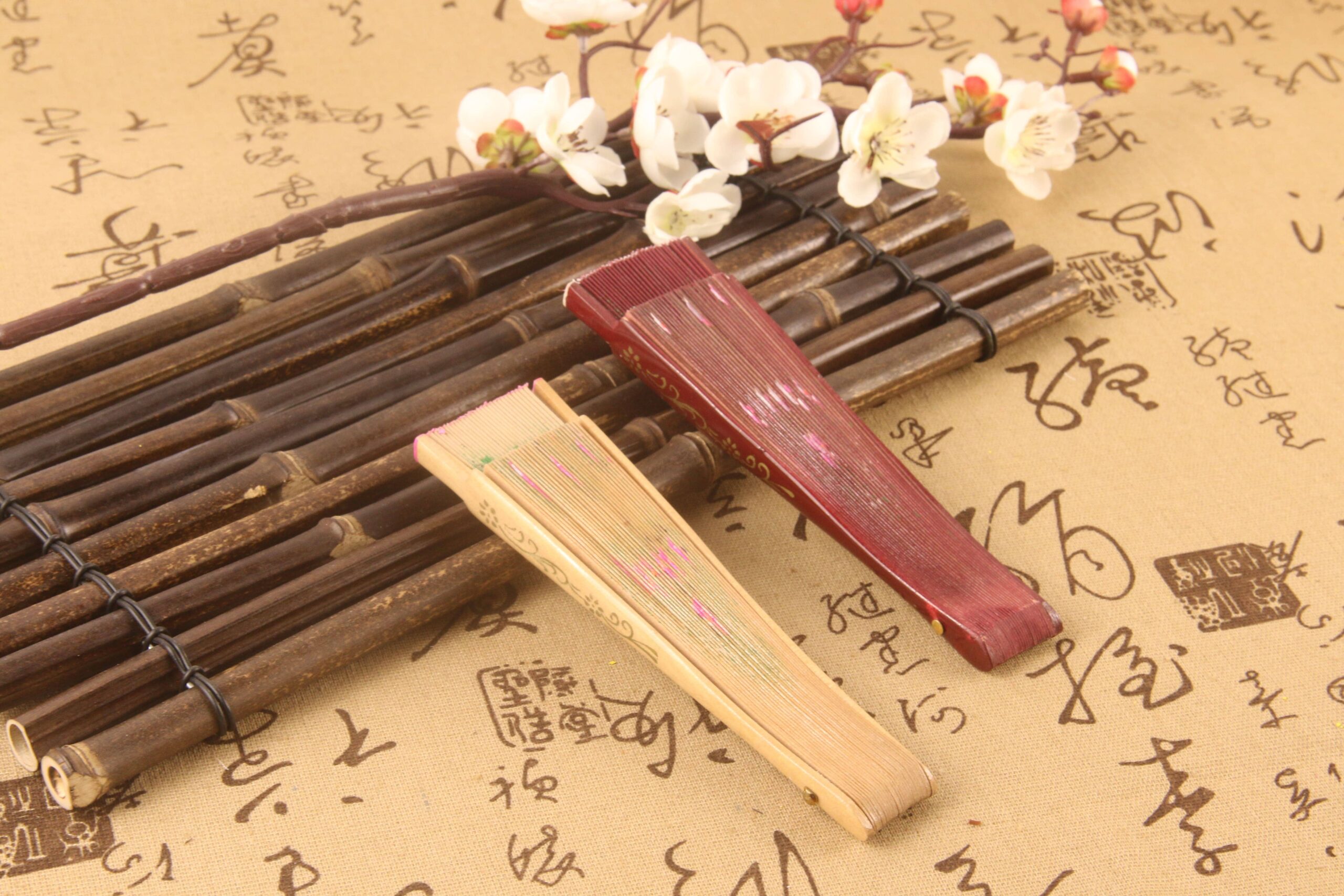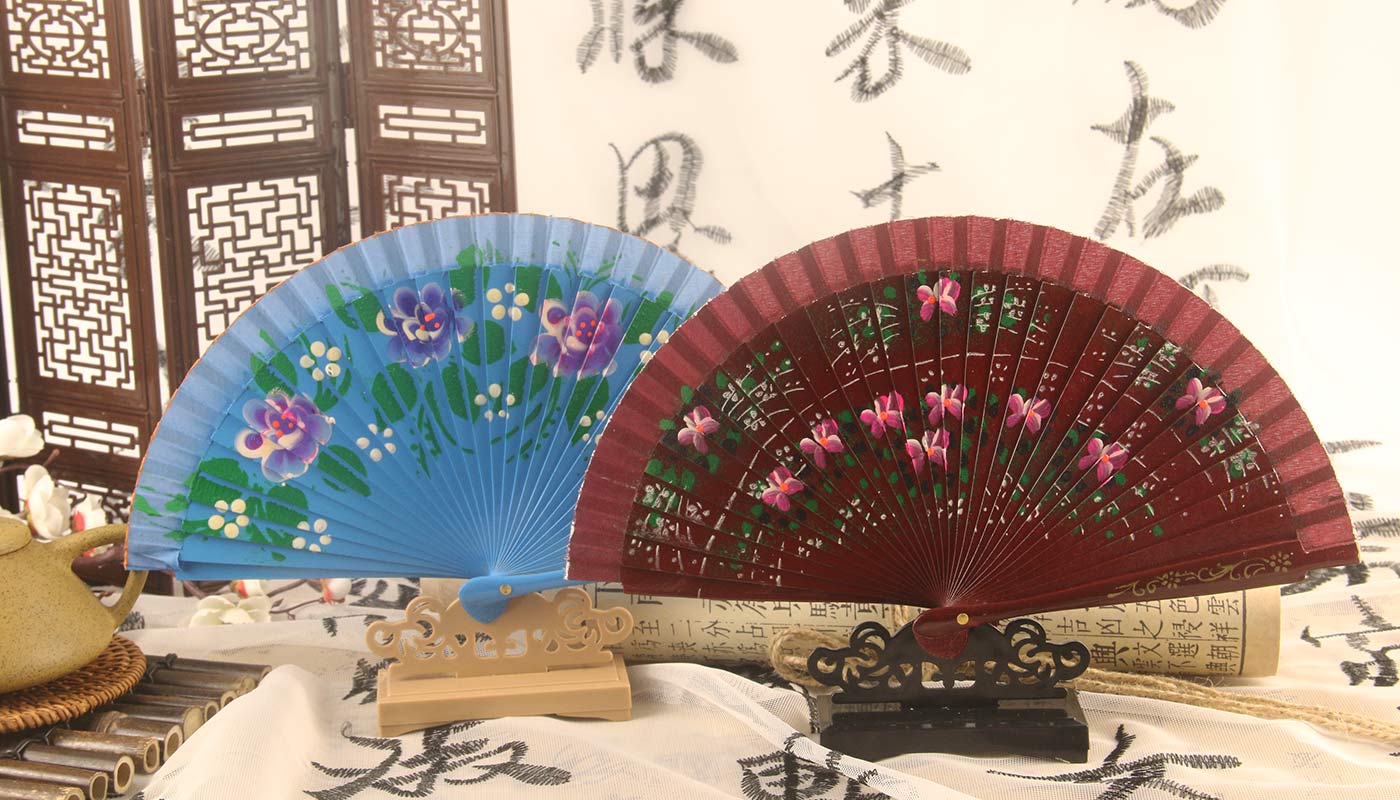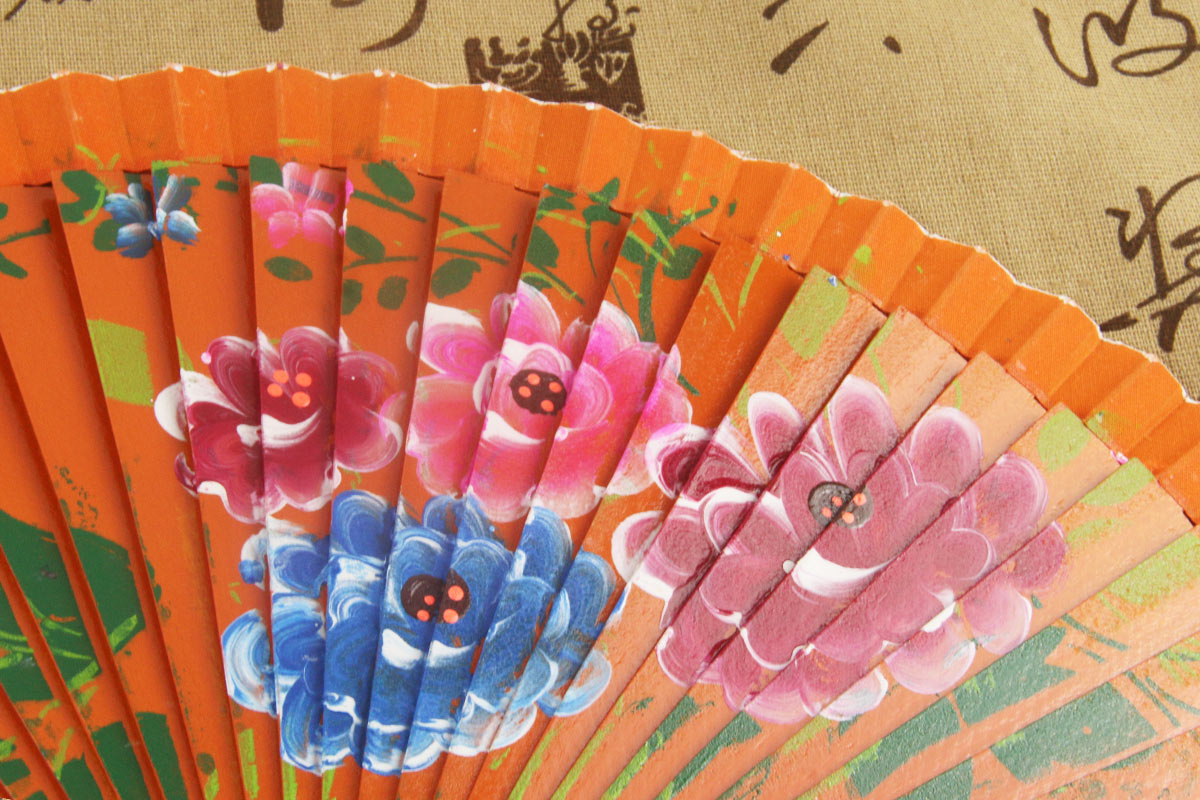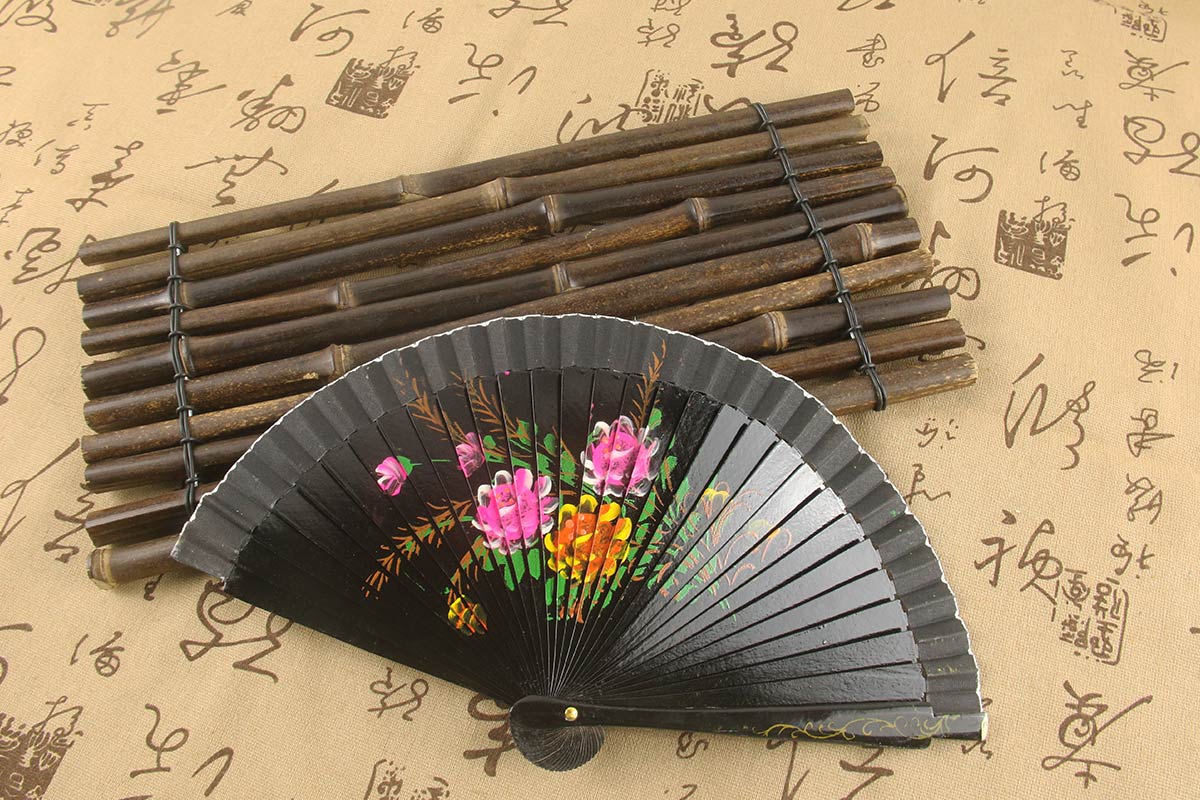The art of creating hand fans is a delicate blend of function and aesthetics. A carefully crafted hand fan does more than cool the air; it carries cultural significance, artistic value, and personal expression. This detailed guide explores the hand fan craft step by step, revealing how traditional techniques and modern design trends shape these timeless accessories.
The Allure of Hand Fan Craft in Modern Lifestyle
Hand fans are no longer limited to historical collections or ceremonial use. Today, they are embraced worldwide as fashionable accessories, thoughtful gifts, and even collectible works of art. Interest in handmade fans has increased as more consumers value eco-friendly practices, skilled workmanship, and the distinctive appeal of artisanal creations.
The hand fan craft process is rooted in centuries-old traditions, yet artisans continue to innovate with eco-friendly materials, digital printing, and personalized designs to meet modern expectations.
Materials and Tools Essential for Hand Fan Craft
Creating a hand fan requires a careful selection of materials and tools to ensure durability, functionality, and beauty. Here are the key elements commonly used:
-
Frame materials: Bamboo, sandalwood, or lightweight hardwood for a sturdy yet elegant structure.
-
Leaf materials: High-quality silk, cotton, or rice paper for smooth folding and vibrant decoration.
-
Artistic embellishments: Organic dyes, shimmering metallic paints, delicate sequins, and fine embroidery threads are added to elevate visual appeal.
-
Tools: Precision knives, fine brushes, adhesives, and small drills are essential for assembling and detailing.
These materials form the foundation for every stage of hand fan craft, from shaping the frame to applying intricate designs.
Hand Fan Craft Step by Step
The creation of a handmade fan involves meticulous craftsmanship. Below is a step-by-step guide to the process:
1. Crafting the Frame
-
Cutting and shaping: Bamboo or wood strips are measured and cut to uniform lengths. Each piece is then sanded for a smooth finish.
-
Forming the ribs: Holes are drilled precisely at the base for the pivot mechanism, ensuring flexibility and durability.
-
Assembly check: The ribs are temporarily fastened to test alignment and movement.
2. Designing and Preparing the Fan Leaf
-
Cutting the material: The fabric or paper is shaped into a semicircle or desired style.
-
Applying artwork: Artisans hand-paint, print, or embroider intricate patterns ranging from floral motifs to cultural symbols.
-
Edge reinforcement: Edges are hemmed or treated with a sealant to prevent wear and tear.
3. Attaching the Leaf to the Frame
-
Gluing process: A strong adhesive is applied to secure the leaf to the outer ribs, ensuring even tension.
-
Securing the pivot: Securing the pivot involves placing a tiny pin or rivet through the prepared holes, enabling the fan to fold and unfold effortlessly.
4. Finishing and Detailing
-
Polishing: Wooden frames are oiled or varnished for protection and enhanced visual appeal.
-
Adding accessories: Tassels, charms, or beads may be added for a decorative touch.
-
Quality inspection: Each fan undergoes rigorous testing for alignment, smooth opening, and flawless design.
Why Consumers Choose Handmade Fans
The rising popularity of hand fan craft can be attributed to several factors:
-
Sustainable choice: Eco-conscious buyers appreciate natural materials and reusable products.
-
Cultural and artistic value: Each fan carries a story of heritage and skilled artistry.
-
Unique style: Handmade fans are distinctive, offering personalization unavailable in mass-produced items.
-
Versatile uses: Beyond cooling, fans serve as wedding favors, home décor, and fashion statements.
Tips for Caring for Your Handmade Fan
To preserve the beauty and function of your fan, consider these care tips:
-
Keep the fan in a dry, shaded area, away from heat and sunlight to preserve its condition.
-
Avoid excessive moisture or humidity to prevent warping.
-
Clean gently with a soft cloth; do not use abrasive cleaners.
These steps help maintain the integrity of your hand fan craft piece for years.
The Artistic Significance of Hand Fan Craft
The artistry behind a hand fan reflects cultural influences and personal creativity. From Japanese uchiwa to Spanish flamenco fans, each style represents a unique heritage. Modern makers often collaborate with designers to blend traditional patterns with contemporary aesthetics, appealing to both collectors and casual users.
This cultural versatility makes hand fan craft not only a practical skill but also an evolving art form that bridges past and present.
Conclusion: Hand Fan Craft as a Timeless Art
Each stage in crafting a hand fan reflects careful material selection, meticulous attention to fine details, and a passion for artistic creativity. Whether you’re purchasing a handmade fan as a gift, an accessory, or a collectible item, you are supporting an art form that continues to inspire generations. For those who value authenticity and craftsmanship, investing in hand fan craft is more than acquiring an object—it’s embracing a piece of history and artistry.






